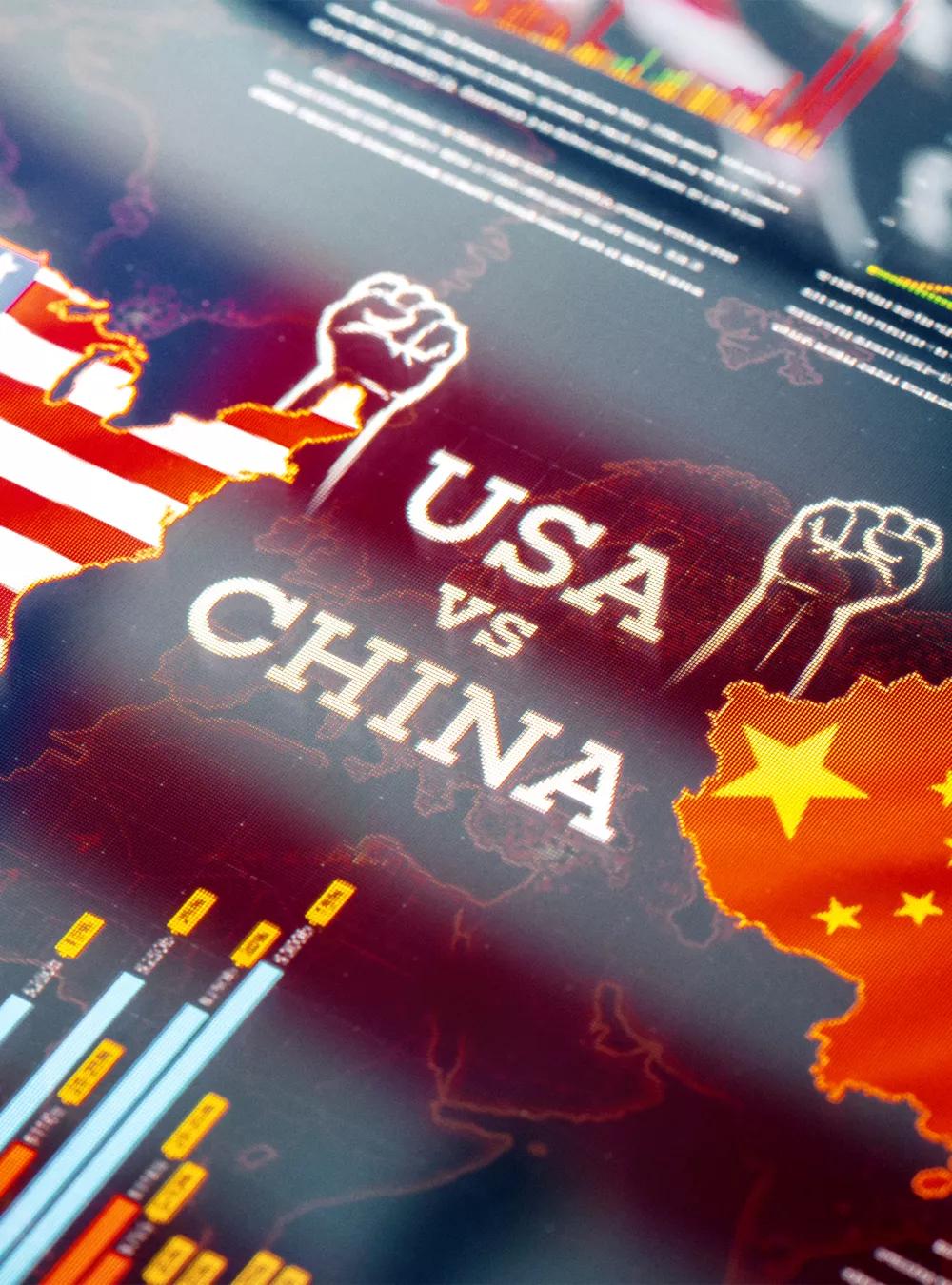The United States is engaged in strategic competition with the People’s Republic of China (PRC), a contest that has escalated as the PRC seeks to shape the international economic and political order. Over the past two decades, China’s rise has challenged American economic, technological, and military advantage, adversely affecting U.S. interests.

Strategic Economics: Options for Competitive Advantage
Download Resources
While the United States commits significant resources to compete in the military domain, it has not fully developed a strategic vision, the necessary capacity and capabilities, or integrated cross-domain concepts to advance American interests, nor has it executed a strategy that synchronizes economic and military concepts toward a comprehensive national security strategy. U.S. overreliance on China for critical materials, coupled with the erosion of the American domestic manufacturing sector, amplifies national security risks. Furthermore, China continues to employ economic coercion against numerous countries worldwide. To effectively compete, the United States must leverage the unique strengths of its own economy against China’s centralized, integrated economic and national security system.
The United States cannot resort to autocratic-style resource consolidation, but the U.S. government (USG) can and should improve the coordination of its economic and national security instruments, a practice that has atrophied since the end of the Cold War. Better alignment and coordination within the current American system is necessary to synchronize available means to achieve strategic ends for security and economic prosperity.
In this era of intensifying competition, the United States must craft integrated approaches that optimize all instruments of American national power. Strategic implementation of economic statecraft can advance foreign policy and national security objectives. Now, more than ever, American decision makers must integrate multiple economic and financial instruments into national security policies to deter adversarial actions and maintain strategic advantage.
This paper discusses the historical context motivating U.S. grand strategy since the Cold War and the resulting implications of the interconnected nature of global economies. It provides an overview of the economic domain and its principal instruments, demonstrates how those instruments nest under operational concepts within economic campaign plans, and offers recommendations for gaining advantage in the current geopolitical environment.